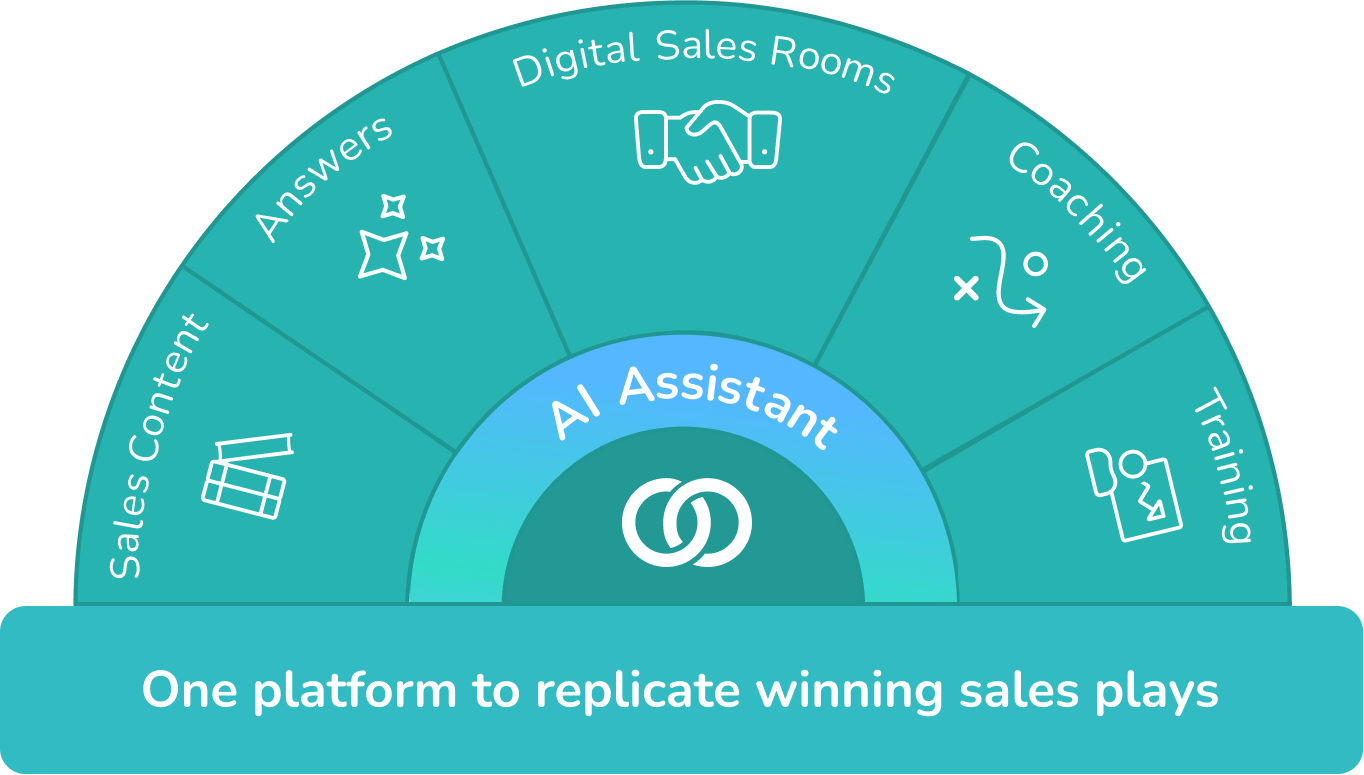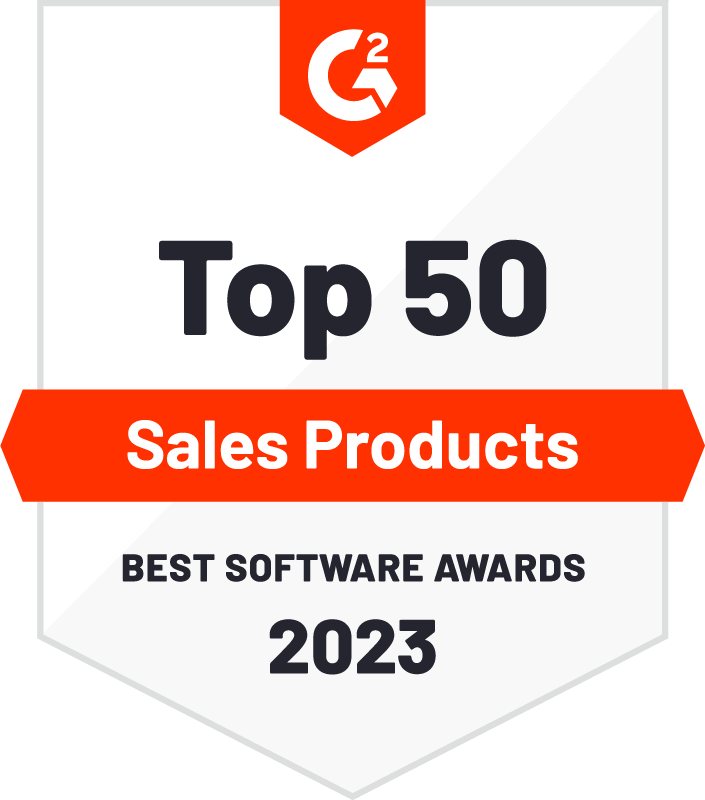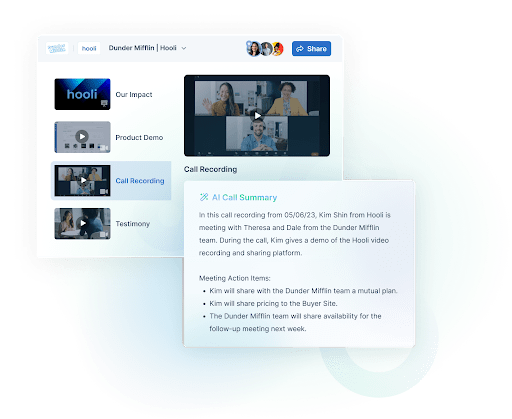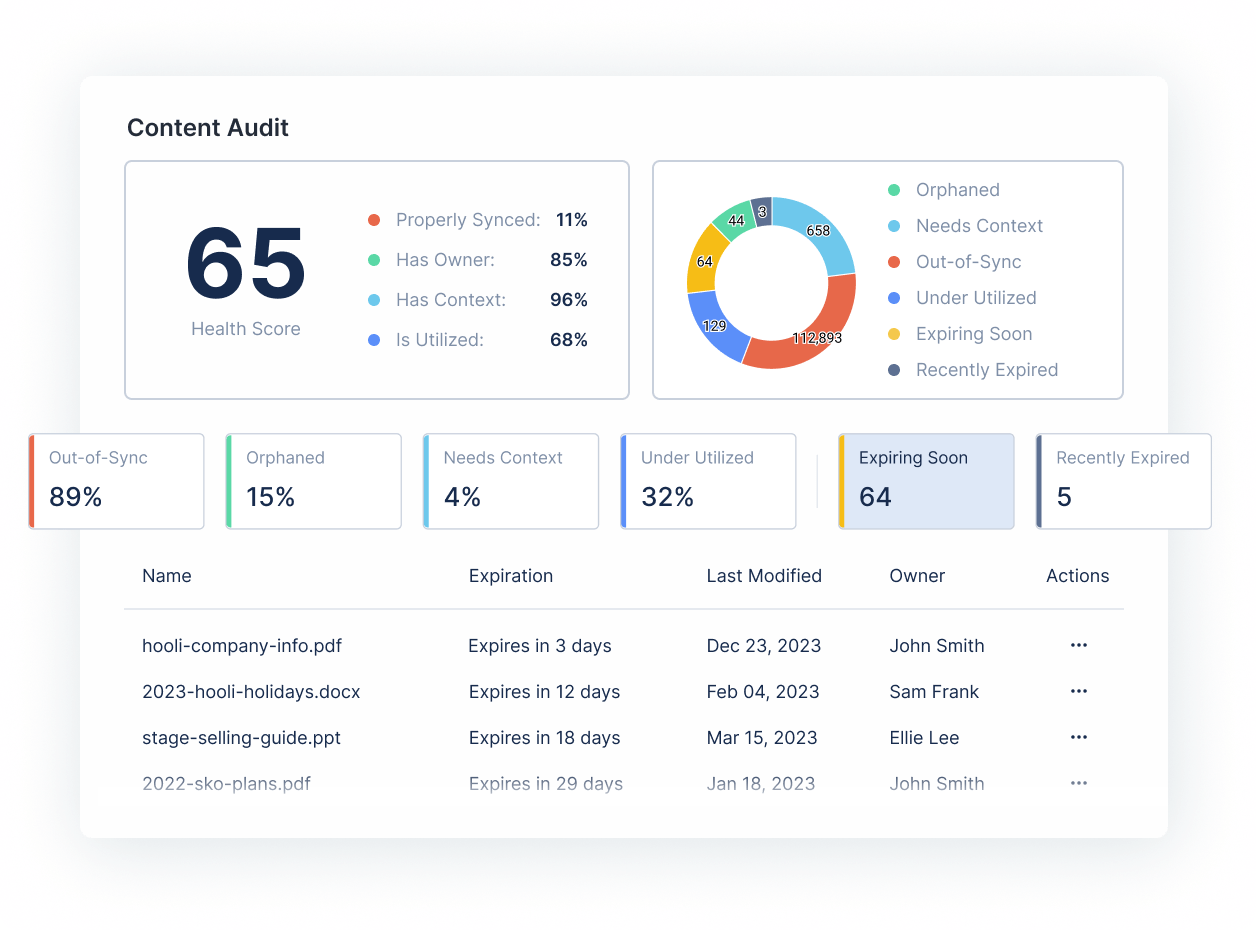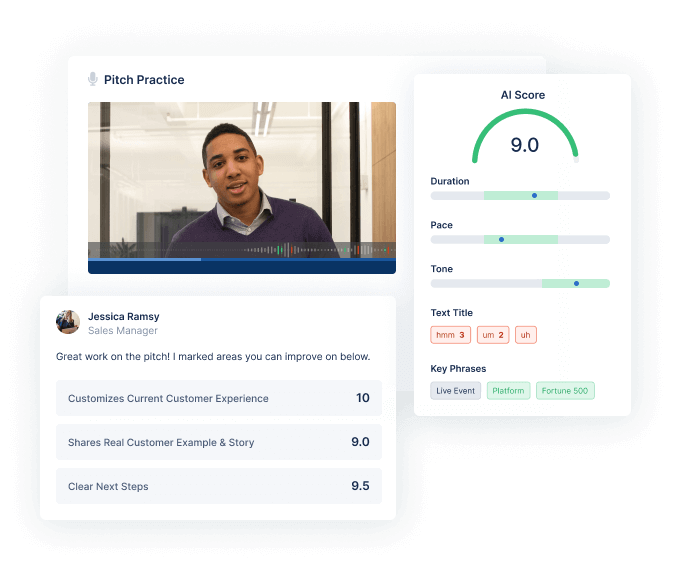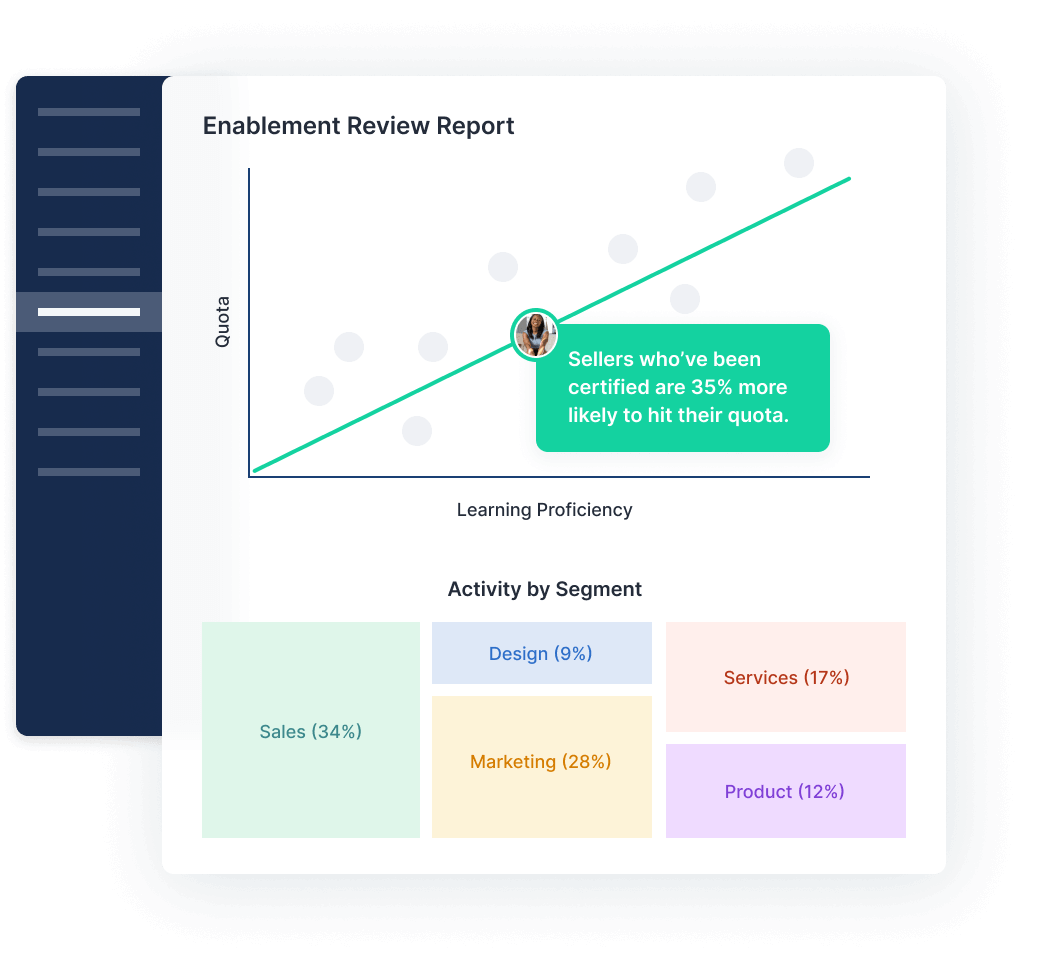slide 1 of 1
Over 500 five star G2 reviews.

"We love SalesHood. Rep productivity dramatically improved over the last year!"

"Deal size is up 400% and win rates are up 2X with SalesHood.”

"We realized sales productivity improvements by partnering with SalesHood."
slide 27 to 34 of 20
Create a differentiated buying experience that delights customers.
Sell how buyers want to buy, with convenience and personalization powered by AI.
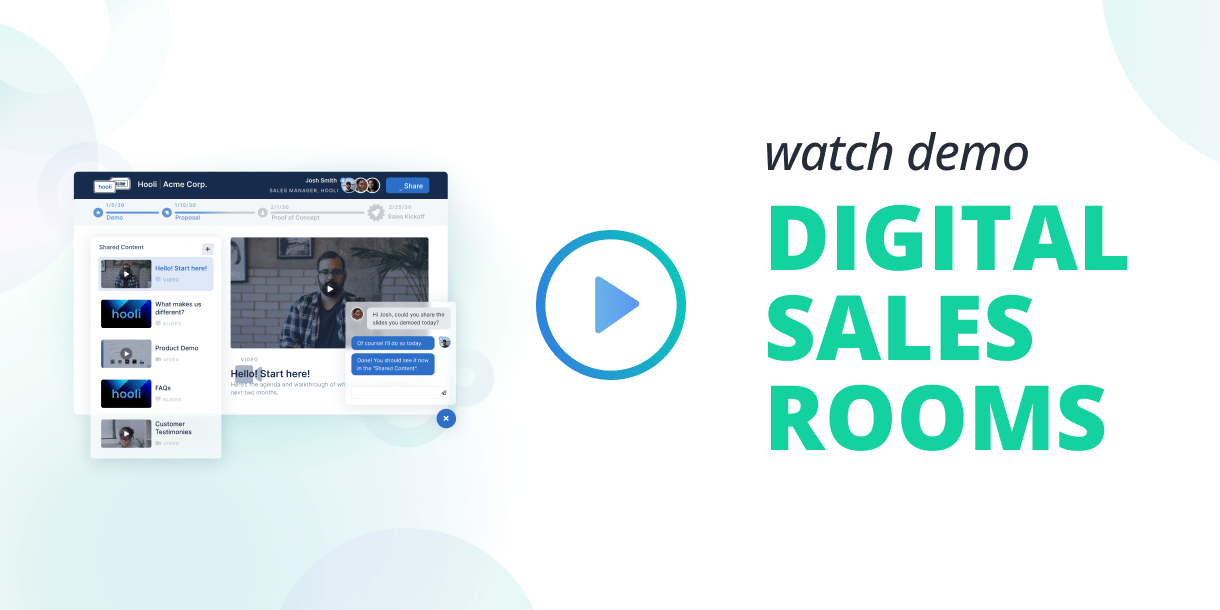
One Revenue Enablement platform to increase sales productivity.
Go live in days, not months.
slide 4 of 5
Our solutions are purpose-built to increase sales productivity.
Turnkey content and experts in sales enablement are proven to help customers shorten time to revenue.
Sales Training
MEDDICC resources
Predictably grow revenue more deals by improving sales execution with SalesHood's turnkey MEDDICC solution.
Webinar
AI success stories and lessons learned
Join us on March 28th for a session with some of our customers on “Empowering sales with AI – success stories and lessons learned.”
Solution
Digital Selling
Transform your sales and customer success teams into digital sellers. See win-rates go up 2X and deal size go up 4X.
